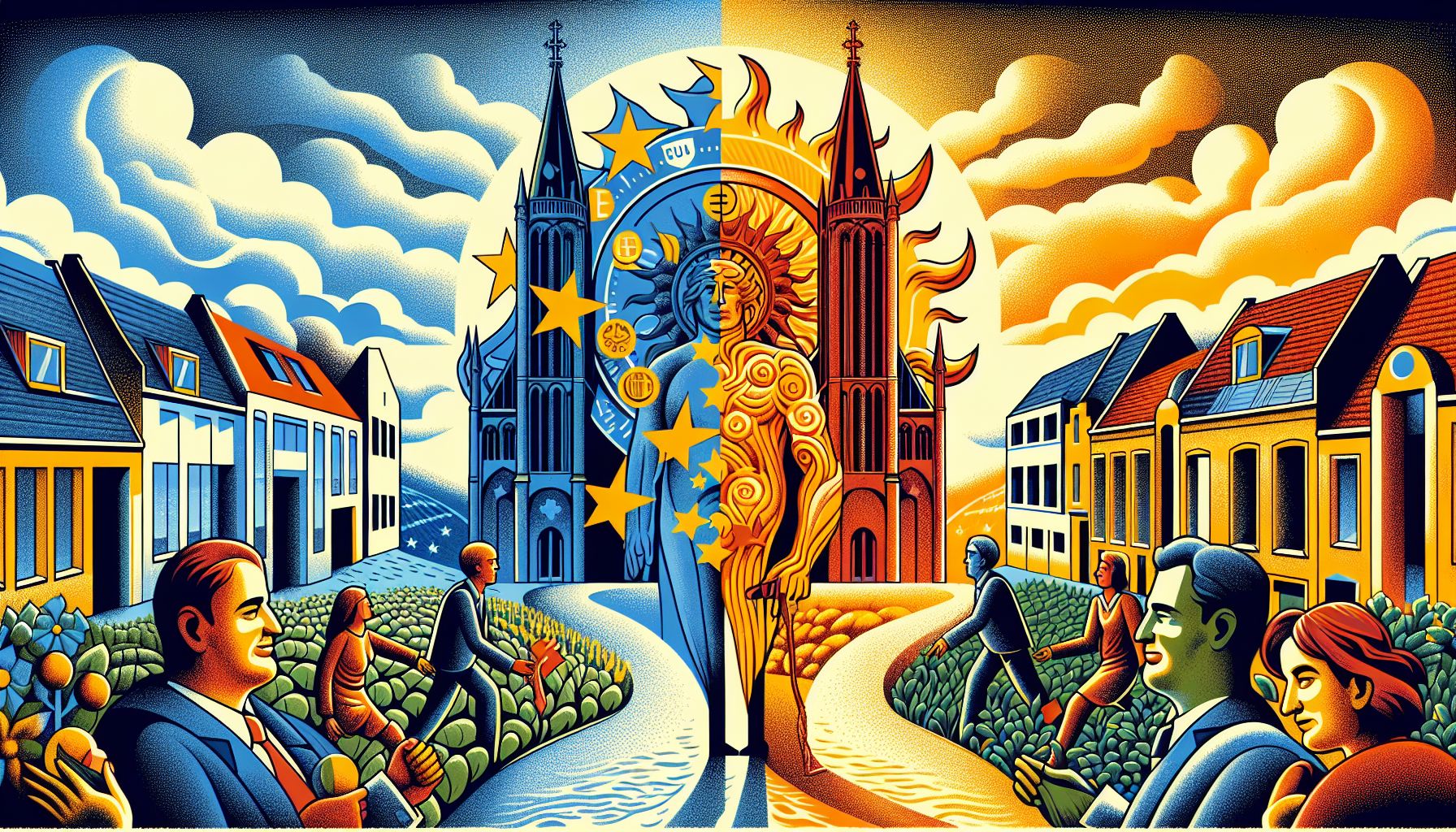EU Boosts Cross-Border Innovation: €131.4 Million for Flemish-Dutch Collaboration

Multiple locations, Friday, 2 August 2024.
Interreg Vlaanderen-Nederland is driving innovation and sustainability across the Flemish-Dutch border. With €131.4 million allocated to 60 projects, this initiative aims to create a smarter, greener, and more connected Europe by fostering collaboration between organizations in both regions.
A Strategic Investment for a Sustainable Future
The Interreg Vlaanderen-Nederland program is a cornerstone of cross-border cooperation, with a clear focus on innovation and sustainability. This initiative is particularly critical in the context of the European Union’s broader objectives of creating a smarter, greener, and more inclusive Europe. The €131.4 million investment is distributed across 60 projects, addressing key areas such as sustainable energy, climate adaptation, and innovative transportation solutions. By fostering collaboration between Flemish and Dutch partners, the program aims to overcome regional challenges and leverage shared expertise for mutual benefit.
Key Projects and Their Impact
Among the notable projects supported by Interreg Vlaanderen-Nederland is the Smart dHYstrict initiative, which focuses on developing local hydrogen networks in the Flemish-Dutch border region. With an investment of €4.8 million, this project aims to optimize the use of hydrogen in local energy networks, thereby reducing the strain on the electricity grid through efficient energy consumption and storage. The project will be tested at two sites: the Green Energy Park in Zellik and the VDL industrial site in the Netherlands. Another significant project is the CrossRoads Vlaanderen-Nederland, which seeks financial consultants to support various innovation projects within the subsidy framework. This initiative underscores the importance of administrative and financial oversight in ensuring the success of cross-border projects.
Regional and Local Collaborations
The success of Interreg Vlaanderen-Nederland hinges on the active participation of regional and local entities. For instance, the province of South Holland plays a crucial role by providing co-financing of up to 15% for eligible projects. This financial support is vital for smaller entities, such as SMEs and local governments, enabling them to participate in and benefit from cross-border collaborations. In Baarle-Nassau and Baarle-Hertog, unique enclaves where the Netherlands and Belgium meet, the program has supported initiatives that enhance local tourism and promote sustainable development. These projects not only improve the quality of life for residents but also attract visitors, boosting the local economy.
Future Prospects and Long-Term Goals
Looking ahead, Interreg Vlaanderen-Nederland aims to continue fostering innovation and sustainability through targeted investments and collaborative projects. The program’s long-term goals align with the European Union’s vision of a cohesive, interconnected, and resilient Europe. By supporting projects that address critical issues such as climate change, energy efficiency, and social inclusion, Interreg Vlaanderen-Nederland is laying the groundwork for a sustainable future. The ongoing efforts to bridge regional disparities and leverage collective strengths highlight the program’s commitment to creating lasting positive impacts across the Flemish-Dutch border.

